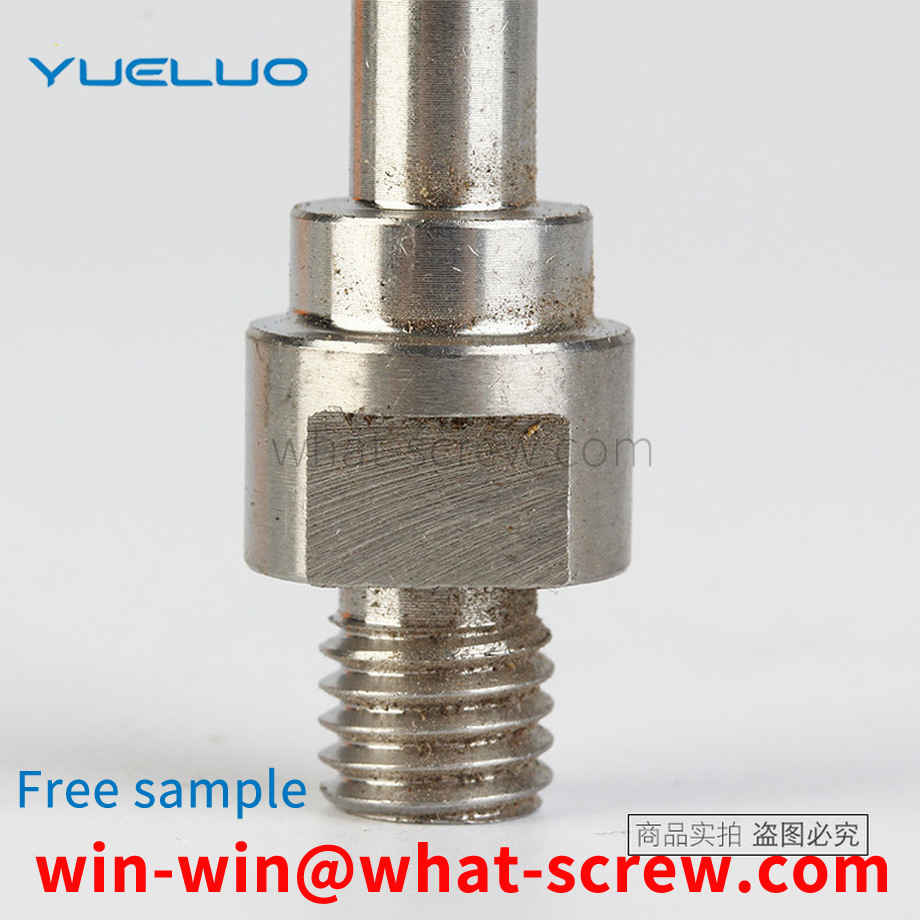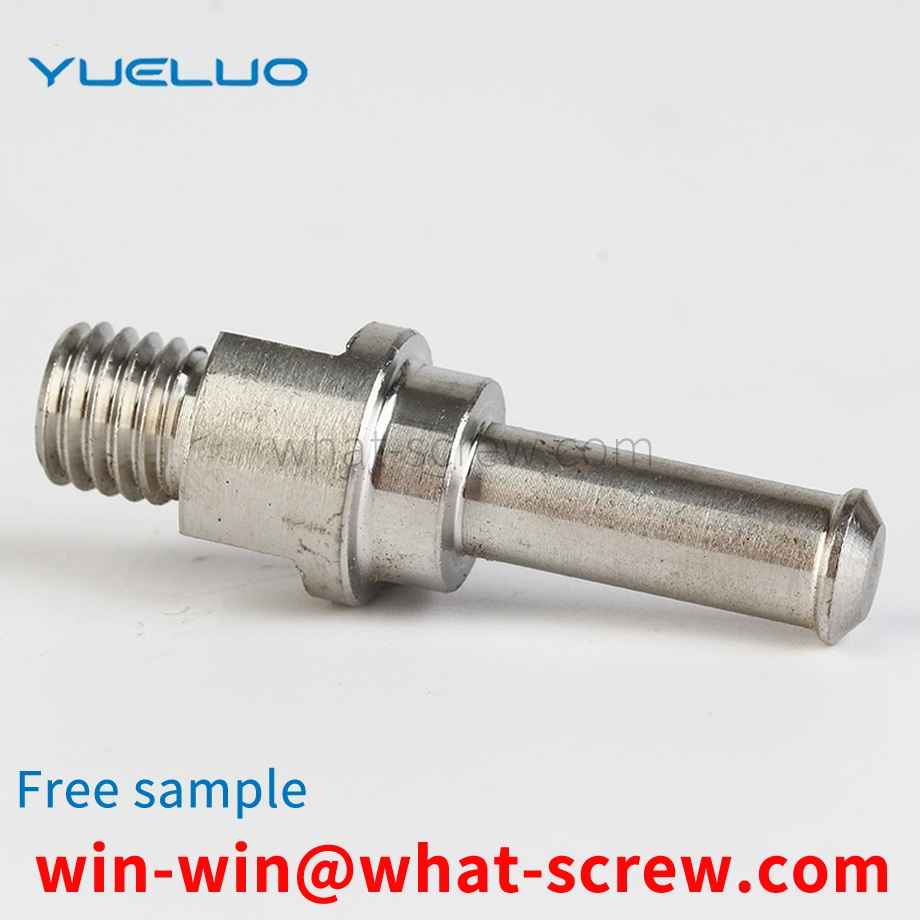Pins are frequently used parts in the machinery industry, especially in the mold manufacturing industry. With the development of the mold industry, the precision of mold manufacturing and assembly is getting higher and higher, and people are increasingly pursuing high-quality and close molds. Every detail on the mold is constantly improving, and the high-frequency use of the pins forces people to find a safer, simpler and more reliable way to disassemble and assemble.
⑥ Surface Treatment Zn: White Zinc C: Color Zinc B: Blue Zinc F: Black Zinc O: Black Oxide Ni: Nickel Cu: Bronze Br: Red Copper P: Phosphating
1. For low strength (below 500 N/mm2 or below 60000 psi) bolts use general soft steel, generally use SAE 1008 or JIS SWRM 8 (or SWRCH 8). 2. Lower strength (600 N/mm2 or 74000 psi) ) bolts use general soft steel, but limited carbon content grade, generally use SAE 1010 - 1015 or JIS SWRM 10 - 15 (or SWRCH 10 - 15). .3. Higher strength ( 800 N/mm2 or 125000 psi ) bolts of medium carbon steel, low carbon boron steel plus quenching and tempering, generally use SAE 1035 - 1040 or SWRCH 35K - 40K. 4. High strength (900 N/mm2 or more or 150000 psi or more) bolts use medium carbon Alloy steel or low carbon boron steel, in terms of application, if the metric Class 10.9 uses low carbon boron steel, the imprint should be added under the series imprint to become 10.9, and the imprint of the inch 8.2 grade is also used with the general Grade 8 bolts The imprint is different for easy identification. High-strength bolts made of low carbon boron steel cannot be used in high temperature conditions. The design strength exceeds Class 12.9 or ASTM A574 ultra-high strength bolts are limited to medium carbon alloy steel plus quenching and tempering. The performance grades of bolts for steel structure connection are divided into more than 10 grades such as 3.6, 4.6, 4.8, 5.6, 6.8, 8.8, 9.8, 10.9, 12.9, etc. Among them, the bolts of grade 8.8 and above are made of low-carbon alloy steel or medium-carbon steel and are heat-treated (quenching, tempering), commonly known as high-strength bolts, the rest are commonly known as ordinary bolts. The bolt performance grade label consists of two parts of numbers, which represent the nominal tensile strength value and yield ratio of the bolt material respectively. For example, a bolt with a performance level of 4.6 means: 1. The nominal tensile strength of the bolt material is 400MPa; 2. The yield ratio of the bolt material is 0.6; 3. The nominal yield strength of the bolt material is 400×0.6=240Mpa . Performance level 10.9 high-strength bolts, after heat treatment, can achieve: 1. The nominal tensile strength of the bolt material is 1000MPa; 2. The yield ratio of the bolt material is 0.9; High-strength bolts, processing and manufacturing problems are compared Small, general fastener manufacturing companies can master the manufacturing process; but problems are prone to occur in material selection and heat treatment. Material selection is the primary link. Various alloying elements have a great influence on the properties of the material, and the material must be subjected to spectral composition analysis; secondly, the fracture problem and the choice of heat treatment process have a great influence and are very important. Dealers and traders must control the inspection and performance testing links; automotive fasteners have high requirements and must carefully control the quality.
If you are installing rivet nuts specially, you can use a grinder, use a rivet machine, if you are a non-professional, you can directly install a few, and then tap with an awl. Rivet equipment (manual or pneumatic) cannot be used in the field of fastening using hammers to pull rivet nuts. It is widely used and is mainly used in the assembly of electromechanical and light industrial products such as aviation, furniture, automobiles, instruments, machinery, and decoration. Of course, it is more common than the rivet nut, and it is often difficult to distinguish.
In the prior art, after the screw is screwed into the workpiece, rust inhibitor is dripped on the edge of the screw to prevent rust in the later stage, but this traditional dripping method of rust inhibitor often produces rust inhibitor during the dripping process. Difficult to penetrate, or the problem that the anti-rust oil cannot penetrate due to the tight contact between the screw thread and the thread groove. In terms of material saving, the traditional anti-rust of screws often causes a lot of waste of anti-rust agent, and cannot achieve a good anti-rust effect of screws.
We have many years of experience in the production and sales of screws, nuts, flat washers, etc. The main products are: round head slotted screws, JISB1169 lifting ring nuts, set three-combination bolts, rod through long screws and other products, we can provide you with suitable products for you. Fastener Solutions.



















 Service Hotline
Service Hotline




